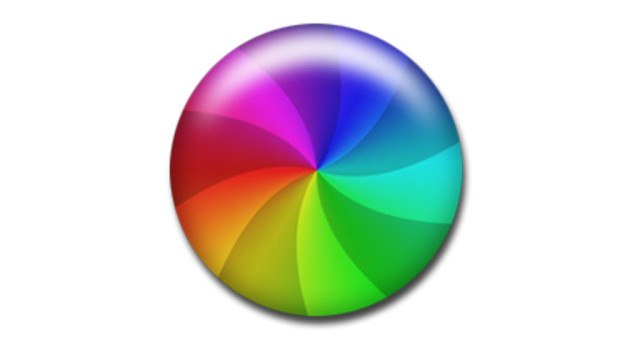

- #Mac spinning wheel of death mac os x
- #Mac spinning wheel of death pro
- #Mac spinning wheel of death software
This changed in multitasking operating systems such as System Software 5, where it is usually possible to switch to another application and continue to work there. In single-tasking operating systems like the original Macintosh operating system, the wait cursor might indicate that the computer was completely unresponsive to user input, or just indicate that response may temporarily be slower than usual due to disk access. The colors also turn with the spinning, not just the texture. It now has less shadowing and has brighter, more solid colors to better match the design of the user interface. With OS X 10.11 El Capitan the spinning wait-cursor's design was updated. In OS X 10.10, the entire pinwheel rotates (previously only the overlaying translucent layer moved).
#Mac spinning wheel of death mac os x
Mac OS X 10.2/Jaguar gave the cursor a glossy rounded "gumdrop" look in keeping with other OS X interface elements. The two-dimensional appearance was kept essentially unchanged from NeXT to Rhapsody/ Mac OS X Server 1.0 which otherwise had a user interface design resembling Mac OS 8/ Platinum theme, and through Mac OS X 10.0/Cheetah and Mac OS X 10.1/Puma, which introduced the Aqua user interface theme. With the arrival of Mac OS X the wait cursor was often called the "spinning beach ball" in the press, presumably by authors not knowing its NeXT history or relating it to the hypercard wait cursor.

Apple provided standard interfaces for animating cursors: originally the Cursor Utilities (SpinCursor, RotateCursor) and, in Mac OS 8 and later, the Appearance Manager (SetAnimatedThemeCursor).
#Mac spinning wheel of death pro
Other applications provided their own theme-appropriate custom cursors, such as a revolving Yin Yang symbol, Fetch's running dog, Retrospect's spinning tape, and Pro Tools' tapping fingers. Some versions of the Apple Installer used an animated "counting hand" cursor. Wait cursors are activated by applications performing lengthy operations. The cursors could be advanced by repeated HyperTalk invocations of "set cursor to busy". The beach-ball cursor was also adopted to indicate running script code in the HyperTalk-like AppleScript. Apple's HyperCard first popularized animated cursors, including a black-and-white spinning quartered circle resembling a beach ball.


 0 kommentar(er)
0 kommentar(er)
